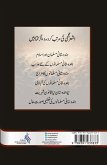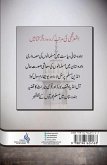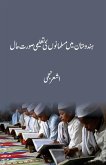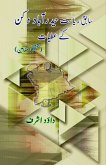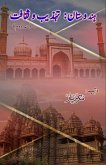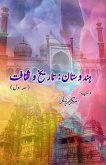The growth of Islam in India has been shaped by two main sources, which have interacted in a complex manner, leading to the emergence of a multifaceted caste system. The initial source pertains to establishing the Muslim community in India from Central Asia. A review of historical evidence, particularly that which has emerged in recent years, indicates that numerous Muslim communities have been settling in India for centuries, in a gradual and continuous process. This process was so gradual that it did not result in substantial socio-cultural transformations in present-day society. The tenets of Islam were gradually incorporated into the existing socio-cultural fabric. Richard Eaton's research on medieval Bengal indicates that the motivation behind Hindu conversion to Islam was not driven by any social justice argument or specific political greed. Islam was one of numerous other religious options in this geocultural region, reflecting the region's overall religious diversity. The decision to embrace Islam did not necessitate the rejection of previous religious affiliations or the dissolution of the spiritual structures that had previously been part of one's identity. Neither was it abandoned nor rejected. It is noteworthy that the spread of Islam was more prevalent among the lower and middle castes. This can be attributed to the relative openness of these castes with regard to customs and beliefs, in comparison to those designated as "upper castes." It was feasible for these castes to incorporate Islamic tenets into their existing social structures. Consequently, each caste, which subsequently became known as a Muslim community (especially in Uttar Pradesh), introduced Islamic beliefs in a manner that was distinct to its own traditions. The interrelationships of various Muslim communities from Central Asia and Indian Muslim communities gave rise to the Muslim caste system. There was considerable diversity within both social structures. For example, there were as many gaps between the Central Asian and Arab communities as there were among the Muslim communities. Despite the Central Asian communities of Shaykhs, Mughals, and Pathans becoming the ruling class, it would be inaccurate to suggest that their political dominance was the sole determining factor.
Hinweis: Dieser Artikel kann nur an eine deutsche Lieferadresse ausgeliefert werden.
Hinweis: Dieser Artikel kann nur an eine deutsche Lieferadresse ausgeliefert werden.


